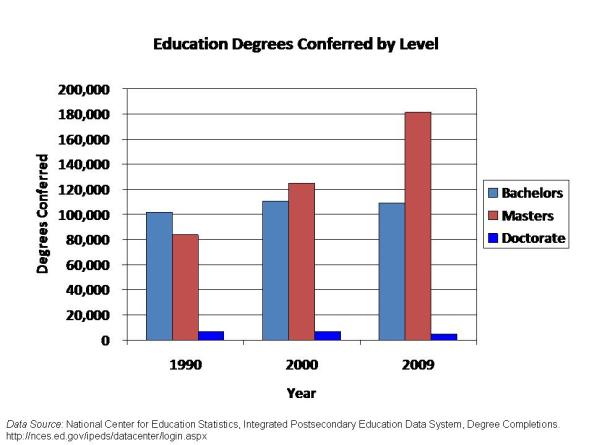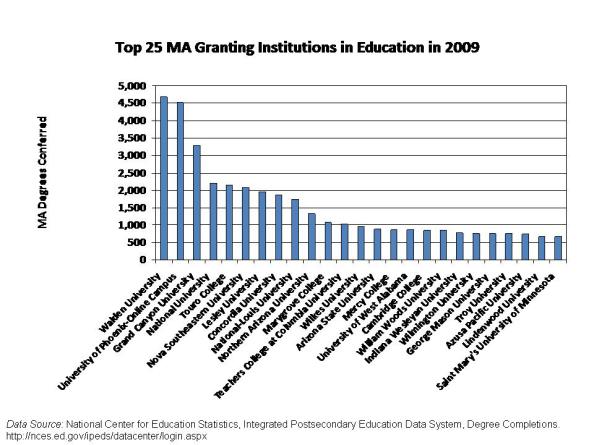This from the Hechinger Ed Blog:
But as Nick Kristof pointed out in the Times,
The theme Tuesday night for the Republican National Convention was “We Built It,” and speakers stuck to a script focused on jobs, the economy and the importance of small business—with very little mention of education. When the topic was broached, it was to draw a clear line between Republicans and Democrats, who often share more common ground in education policy than in other issues.
But as Nick Kristof pointed out in the Times,
Back to Hechringer:The Republican National Convention opened by smacking President Obama with the theme “We Built it.” To pound that message, Republicans turned to a Delaware businesswoman, Sher Valenzuela, who is also a candidate for lieutenant governor. Valenzuela and her husband built an upholstery business that now employs dozens of workers. Valenzuela presumably was picked to speak so that she could thunder at Obama for disdaining capitalism. Oops. It turns out that Valenzuela relied not only on her entrepreneurial skills but also on — yes, government help. Media Matters for America, a liberal watchdog group, documented $2 million in loans from the Small Business Administration for Valenzuela’s company, plus $15 million in government contracts (mostly noncompetitive ones). In a presentation earlier this year, Valenzuela described government assistance as an entrepreneur’s “biggest ‘secret weapon.’ ”
Governor Chris Christie (R- N.J.) argued for a simple distinction between the parties in his highly anticipated keynote address.
“They believe in teachers’ unions. We believe in teachers,” said Christie, echoing a common critique of the Obama administration made even by Republicans who agree with the basics of the President’s policies but maintain he has bowed to union pressure.
Christie touted his record of taking on teachers’ unions; he has had bitter feuds with them in New Jersey over tenure and education spending.
“We believe that the majority of teachers in America know our system must be reformed to put students first so that America can compete,” Christie said in his speech. “Teachers don’t teach to become rich or famous. They teach because they love children.”
Democrats, he said, “believe that the educational establishment will always put itself ahead of children.”
Sen. Rick Santorum (R-Pa.) also addressed education directly, saying it should be “the second rung on the ladder to success,” following stable marriages and families.
“President Obama’s solution has been to deny parents’ choice, attack private schools, and nationalize curriculum and student loans,” Santorum said. “Mitt Romney believes that parents and the local community must be in charge—not the Department of Education.”
Although Obama has been criticized by Republicans for not refinancing the Washington, D.C., voucher scholarship program, he has been a staunch supporter of charter schools. In his signature Race to the Top initiative, states were rewarded for raising charter school caps.
Obama is also often accused of being responsible for the Common Core State Standards, which lay out K-12 standards in English and Math; 48 states and the District of Columbia have adopted them. Although Obama’s administration supported the Common Core, in part through Race to the Top, the standards were developed by a nongovernmental group.
When Romney’s wife, Ann, touched on education in her speech, she had this to add: “Under Mitt, Massachusetts schools were the best in the nation. The best.”















